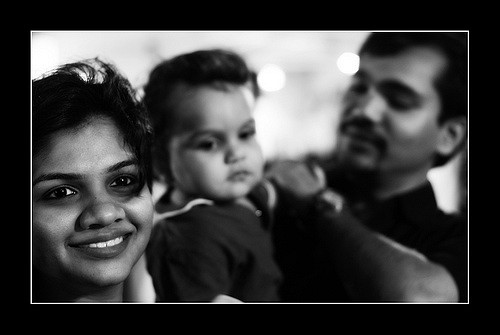
A recent public focus on workplace discrimination against women has inspired heightened attention to the effects of gender inequality. Previous research shows that sexual harassment at work disrupts women’s employment, causing various economic harms. New research, recently featured in Salon, shows it also makes women sick. Researchers Catherine Harnois and Joao Luiz Bastos studied the relationship between workplace discrimination and health — both physical and mental — and their findings indicate the two are strongly linked for women:
“Among women, perceptions of gender discrimination are significantly associated with worse self-reported mental health. Women who perceived sexual harassment also reported worse physical health. We did not find a significant association between gender discrimination and sexual harassment with health outcomes among men, but this may be a result of the small number of men reporting these forms of mistreatment.”
In this study, women reported an average of 3.6 days of poor mental health compared with men’s 2.8 days, and an average of 2.7 days with poor physical health, compared with men’s 2.2 days. Certain factors increased the risk of negative health:
“Respondents who perceived multiple forms of mistreatment reported significantly worse mental health than those who perceived no mistreatment, or just one form of mistreatment. Among women, the combination of age and gender discrimination was particularly detrimental for mental health. Women who reported experiencing both age and gender discrimination had an average of 9 days of poor mental health in the past 30 days.”
Based on their findings, this health gap could be significantly reduced by decreasing the amount of gender discrimination in the workplace.




 A recent
A recent